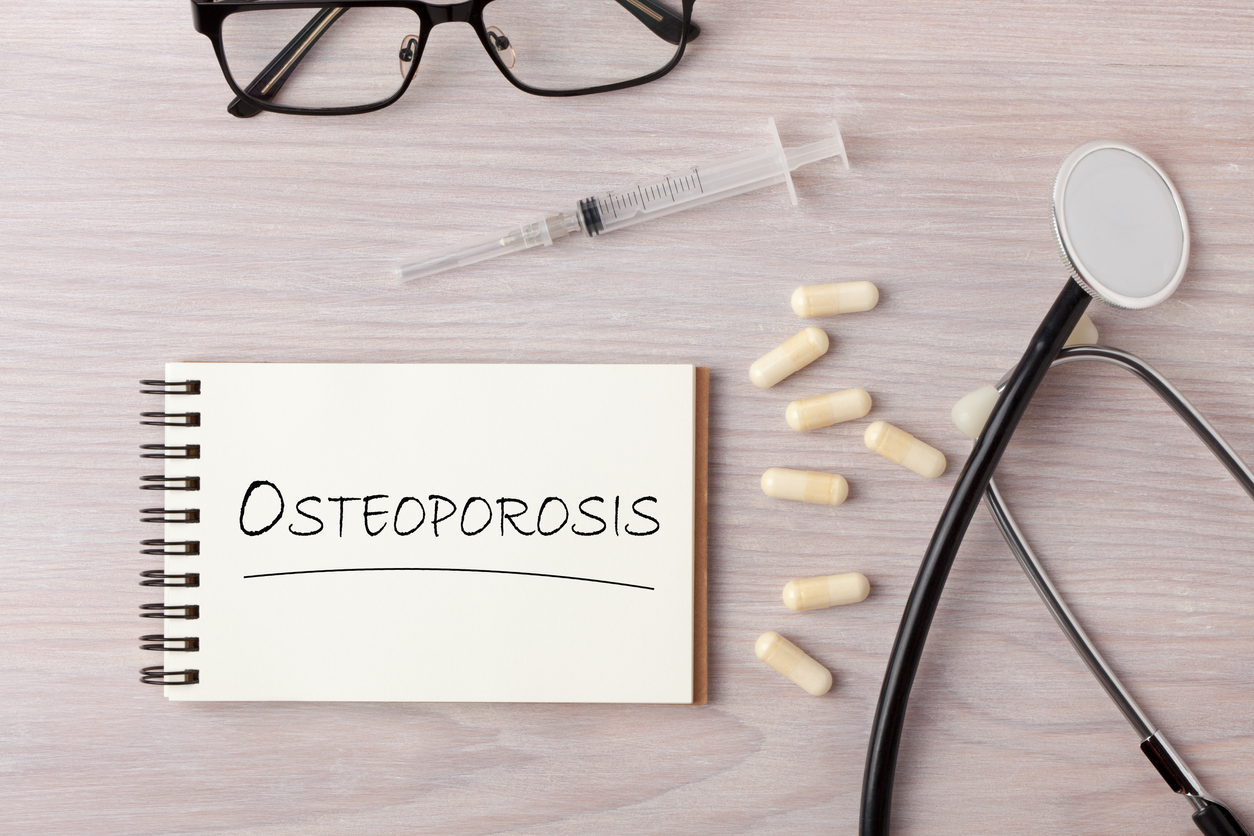Pain
Conventional Medical Treatments for Osteoporosis

What is osteoporosis?
Osteoporosis is a condition that causes porous bones. The inside of a bone resembles a honeycomb. Osteoporosis causes this “honeycomb” spacing to increase, resulting in lost strength and density. The outside of the bones become brittle and weak.
This risk of fractures and breaks is increased with osteoporosis. An activity as simple as walking can cause a bone to fracture. In severe cases of osteoporosis, bones may become so brittle that a break can occur simply from coughing or bending the body. The bones most commonly affected by osteoporosis include the ribs, hips, wrists and spine.
Conventional treatment
The majority of conventional osteoporosis treatment involves medication. The estimated risk of breaking a bone in 10 years is the determining factor of a specific treatment plan. Lower risks may be treated with lifestyle changes and safety options as prevention, while higher risks may be prescribed medications. Hormone replacement therapy may also be an option.
Medications
Medications that may be prescribed for osteoporosis treatment include, but are not limited to, the following:
- Bisphosphonates, including alendronate, risedronic acid, and ibandronate acid, are widely prescribed to treat osteoporosis. They prevent the body from breaking down the bones. Depending on the type of medication prescribed, they may be taken once a month or once a week. Instructions should be followed closely, since taking them incorrectly can lead to esophageal ulcers.
- Zoledronic acid is a bisphosphonate infusion that is administered once per year. It increases bone strength, while reducing the risk of fractures. The process takes approximately fifteen minutes and may cause bone pain, nausea, or vomiting.
- Raloxifene can reduce bone loss by mimicking the hormone estrogen. However, it does not increase the risk of breast or uterine cancers. It is usually prescribed to females who have a higher risk of fractures and have not had success with other medications. Raloxifene is an injection given twice a year.
- Abaloparatide or teriparatide may be prescribed to males or post-menopausal females. These medications are a man-made form of the parathyroid hormone. They can increase bone density and help the body form new bones. They are frequently paired with a bisphosphonate to slow bone loss. These are daily injections that can be given up to two years.
- Romosozumab-aqqg is a monoclonal antibody prescribed to postmenopausal females who have a high risk for fractures. It works by interfering with the effects of sclerostin, which is a protein that inhibits bone formation. This is a monthly injection that can be given up to 12 months.
- Denosumab reduces the risk of fractures and increases bone density. It is prescribed to women with a high fracture risk. This is an injection that is given twice per year.
Hormone replacement therapy
Females with osteoporosis may receive hormone replacement therapy (HRT) as a treatment option. Estrogen may be prescribed alone or in combination with progestin. While estrogen has shown success in preventing fractures, it can also increase the risk of heart disease, breast cancer, and stroke. Conjugated estrogen alone, however, does not increase the chance of breast cancer.
Additional source: National Women’s Health Network
















